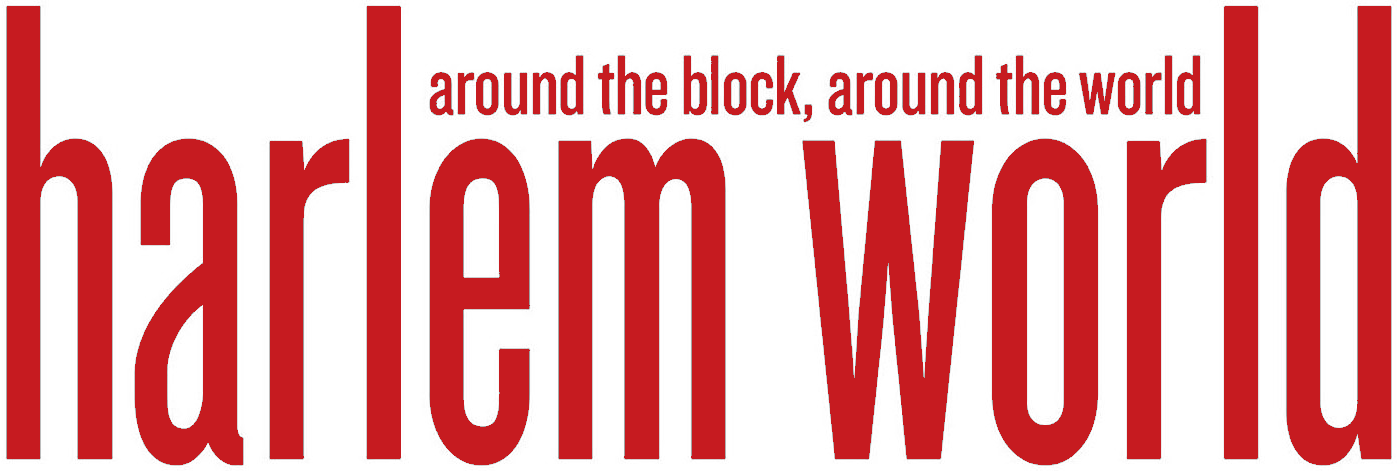 The Health Department today released the 2018 Community Health Profiles, analyzing health in all 59 community districts across the city. The profiles feature over 50 health measures for each city neighborhood from a population breakdown, to neighborhood conditions, to health outcomes. These Community Health Profiles, last released in 2015, provide comparative information on major health issues including HIV, smoking, and health insurance, and serve as a critical resource for improving the health of communities.
The Health Department today released the 2018 Community Health Profiles, analyzing health in all 59 community districts across the city. The profiles feature over 50 health measures for each city neighborhood from a population breakdown, to neighborhood conditions, to health outcomes. These Community Health Profiles, last released in 2015, provide comparative information on major health issues including HIV, smoking, and health insurance, and serve as a critical resource for improving the health of communities.
Since the profiles were last published in 2015, the Health Department saw improvements in several high priority areas, including declining rates of uninsured New Yorkers, teen births, sugary drink consumption, smoking, new HIV diagnoses, and premature mortality. Citywide, the percentage of uninsured adults dropped from a three-year average (2011-2013) of 20 percent to a two-year average (2015-2016) of 12 percent. Although a marked improvement, disparities in health insurance coverage remain among low-income and immigrant communities. The City continues its efforts to partner with community organizations to maximize neighborhood level outreach and encourages enrollment through the GetCoveredNYC multimedia, multilingual health insurance enrollment campaigns to help eradicate these inequities. Smoking and sugary drink consumption, two priority areas, also decreased. Smoking among New Yorkers has decreased from a three-year average (2011-2013) of 15 percent to a two-year average (2015-2016) of 14 percent. Daily sugary drink consumption decreased from a three-year average (2011-2013) of 27 percent to a two-year average (2015-2016) of 23 percent.
To create a broader picture of neighborhood health, the agency also included new positive indicators that look at a community’s wellness and social connections. The new measures include on-time high school graduation, helpful neighbors, and homes with air conditioning. While the profiles show that there are many neighborhoods in very good health, significant health inequities persist among many New York City neighborhoods, such as the 11-year gap in life expectancy between Upper East Side and Brownsville, based on 2015 life expectancy data. Data show that 54 percent of deaths in Brownsville could have been averted if it had the same income as the wealthiest neighborhoods, based on five-year average mortality rate and poverty rate data (2011-2015). The complete set of 59 Community Health Profiles can be found here.
“The Health Department’s Community Health Profiles are a comprehensive representation of neighborhood health that includes new and unique indicators, such as having helpful neighbors and on-time high school graduation rate, which represents a shift in the Health Department’s narrative about what makes health and what contributes to the well-being of New Yorkers,” said Health Commissioner Dr. Oxiris Barbot. “These profiles provide important information about the particular needs of different communities; they will inform policy-making and programming to help eliminate health disparities among neighborhoods in New York City.”
Other important data points from the 2018 Community Health Profiles:
- Health behaviors among adults such as sugary drink consumption and smoking both decreased citywide. Daily sugary drink consumption decreased from a three-year average (2011-2013) of 27% to a two-year average (2015-2016) of 23 percent citywide. Smoking among New Yorkers decreased from a three-year average (2011-2013) of 15% to a two-year average (2015-2016) of 14 percent.
- Additionally, three-year average teen birth rates dropped citywide from 23.6 per 1,000 live births (2011-2013) to 19.3 (2013-2015). Although the teen birth rate in the Bronx was the highest among the boroughs, this decrease was also the greatest, where the three-year average rate dropped from 34.4 per 1,000 live births (2011-2013) to 28.4 (2013-2015) among Bronx teens.
- In Manhattan, the percentage of residents that live below the Federal Poverty Level ranged from 7 percent in the Upper East Side to 24 percent in Morningside Heights and Hamilton Heights (based on a five-year average, 2012-2016).
- In March 2017, 71 percent of East Harlem teens received HPV vaccinations, the highest rate in Manhattan. By March 2017, Hunts Point and Longwood had the highest percentage of teens receiving the HPV vaccine (85 percent).
- In the Bronx, three-quarters of the neighborhoods had a higher five-year average (2011-2015) rate of premature mortality and lower average life expectancy in 2015 compared with citywide averages.
- Compared with other neighborhoods in the Bronx, Belmont and East Tremont had limited access to healthy food with only one supermarket to 37 bodegas in 2016.
- In Brooklyn, Brownsville had one supermarket to 15 bodegas in 2016. However, Brownsville had eight farmers markets in 2017 – tied with East Harlem as the highest number in the city.
- In 2017, two-thirds of all neighborhoods in the South Bronx had a higher percentage of bicycle lanes compared with the citywide average.
- Across Brooklyn, rates of preterm births in 2015 ranged from the lowest in Greenpoint and Williamsburg (5.4 percent) to the highest in Brownsville (12.7 percent).
- The Community Health Profiles measured perceptions of whether people in their neighborhood are willing to help their neighbors. On Staten Island, 86 percent of residents of Tottenville and Great Kills agreed that their neighbors are willing to help one another. This measure of helpful neighbors was 57 percent in two neighborhoods, Mott Haven – Melrose and Hunts Point – Longwood. These data were a two-year average for 2015 and 2016.
- Air quality has improved across the city. In 2016, Rockaway and Broad Channel in Queens had the lowest level of fine particulate matter at 6.0 micrograms per cubic meter and Midtown had the highest level at 11.3 micrograms per cubic meter.
There is a Community Health Profile for every community district in the city. Every profile begins with a “Who We Are” section, which outlines the population in that district with a breakdown by ethnicity and age. The profile is then broken down into six data sections:
Social and Economic Conditions
- Elementary School Absenteeism
- Highest Level of Education Achieved
- On-time High School Graduation New Indicator
- Economic Stress
- Violence
- Incarceration
- Helpful Neighbors New Indicator
Neighborhood Conditions
- Air conditioning New Indicator
- Air Pollution
- Housing Quality
- Bicycle Network Coverage New Indicator
- Pedestrian Injury New Indicator
- Food Environment New Indicator
Maternal and Child Health
- Pregnancy Outcomes
- Teen Pregnancy
- Childhood Obesity New Indicator
- Children’s Hospitalizations and Emergency Department Visits New Indicator
Healthy Living
- · Self-reported Health
- · Smoking, Diet and Physical Activity
Health Care
- Access to Health Care
- Avoidable Hospitalizations
- Fall-related Hospitalizations New Indicator
- Vaccinations
Health Outcomes
- Obesity
- Diabetes
- Hypertension New Indicator
- New HIV Diagnoses
- New Hepatitis C Reports New Indicator
- Binge Drinking New Indicator
- Psychiatric Hospitalizations
- Infant Mortality
- Leading Causes of Premature Death
Highlights from the Community Health Profiles
Over the coming weeks and months, the Health Department will meet with community organizations, medical providers, community boards, and elected officials to present the profiles and discuss health issues that each community is facing. New Yorkers can also get the latest information on their neighborhoods by going to nyc.gov/health and searching for “Community Health Profiles.”
For these Community Health Profiles, the Health Department used community districts established by local law in 1975. The community districts correspond to local Community Boards. The Health Department used several data sources to produce these Community Health Profiles. These included the U.S. Census American Community Survey, the NYC Health Department Community Health Survey, an annual, random-digit-dial telephone survey of approximately 10,000 adults conducted each year in New York City, NYC Health Department Vital Statistics, the New York State Department of Health Statewide Planning and Research Cooperative System, which provides hospitalization data in New York City, the NYC Housing and Vacancy Survey, the NYC Community Air Survey, NYC Health Department Citywide Immunization Registry, NYC Health Department Communicable Disease Surveillance Registry, and the NYC Health Department HIV/AIDS Surveillance Registry. Other data were provided by the NYC Department of Transportation, the NYC Department of Education, the NYC Department of Corrections, the NYU Furman Center, and the New York State Department of Agriculture and Markets.
The Health Department has implemented programs and initiatives that aim to improve underserved communities:
Neighborhood Health Action Centers
Take Care New York 2020 (TCNY 2020)
Become a Harlem Insider!
By submitting this form, you are consenting to receive marketing emails from: Harlem World Magazine, 2521 1/2 west 42nd street, Los Angeles, CA, 90008, https://www.harlemworldmagazine.com. You can revoke your consent to receive emails at any time by using the SafeUnsubscribe® link, found at the bottom of every email. Emails are serviced by Constant Contact








